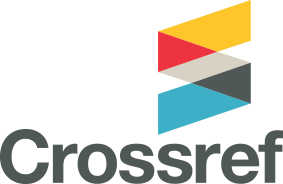The Influence of Teachers' Learning Strategies and Student Learning Strategies on Learning Motivation and Involvement of High School Students in Learning
Abstract
This study aims to analyze the influence of teachers' learning strategies, student learning strategies, learning motivation and student involvement in student learning from several high schools in Jambi Province. This study uses a quantitative approach with a data collection technique in the form of distributing questionnaires (surveys) through google forms. The respondents selected in this study are students from several high schools in Jambi Province with a sample of 150 people out of a total population of 450 people. The data analysis technique used in this study is partial Least Squares-Structural Equation Modeling (PLS-SEM) to develop a model that describes the relationship between variables. The results of this study show that the first hypothesis of teacher learning strategies has a P value of 0.000 which indicates a significant influence on learning motivation. In the second hypothesis, the student's learning strategy has a P-value of 0.000 also shows a significant influence on learning motivation. In the third hypothesis, the teacher's learning strategy has a P value of 0.045 which shows a significant influence on student involvement in learning. The fourth hypothesis of student learning strategies has a P value of 0.001 which indicates a significant influence on student involvement in learning. Finally, in the fifth hypothesis, learning motivation has a P-value of 0.000, which also shows a significant influence on student involvement in learning. Therefore, this study concludes that teacher learning strategies and student learning strategies have a positive and significant effect on learning motivation and student involvement in learning. Thus, increasing learning motivation and student involvement in learning can be achieved through teacher learning strategies and also student learning strategies.




.png)

